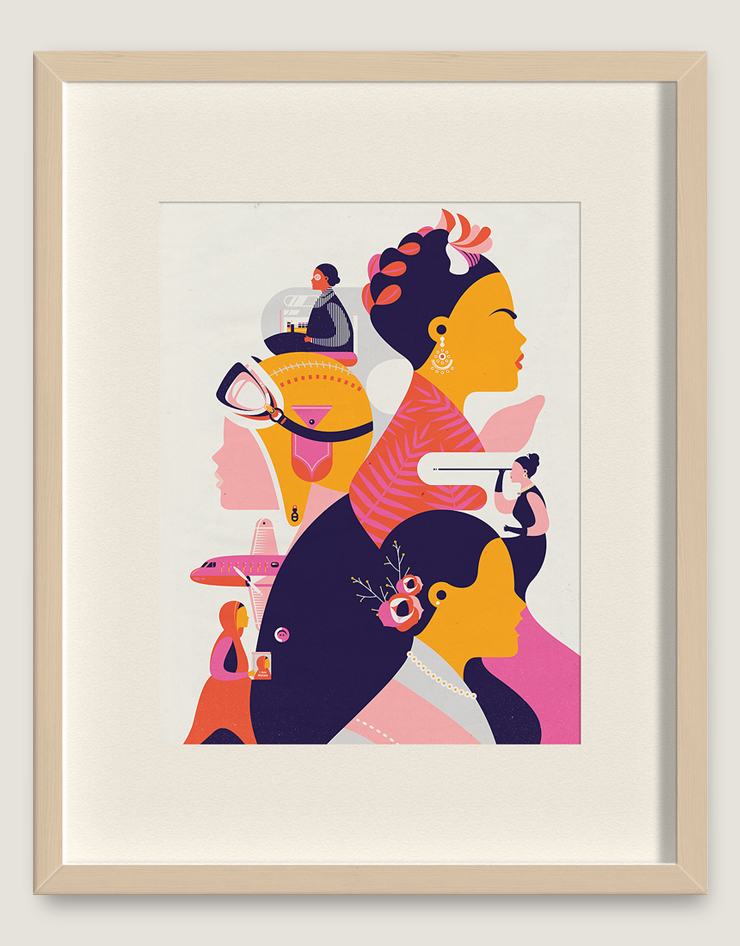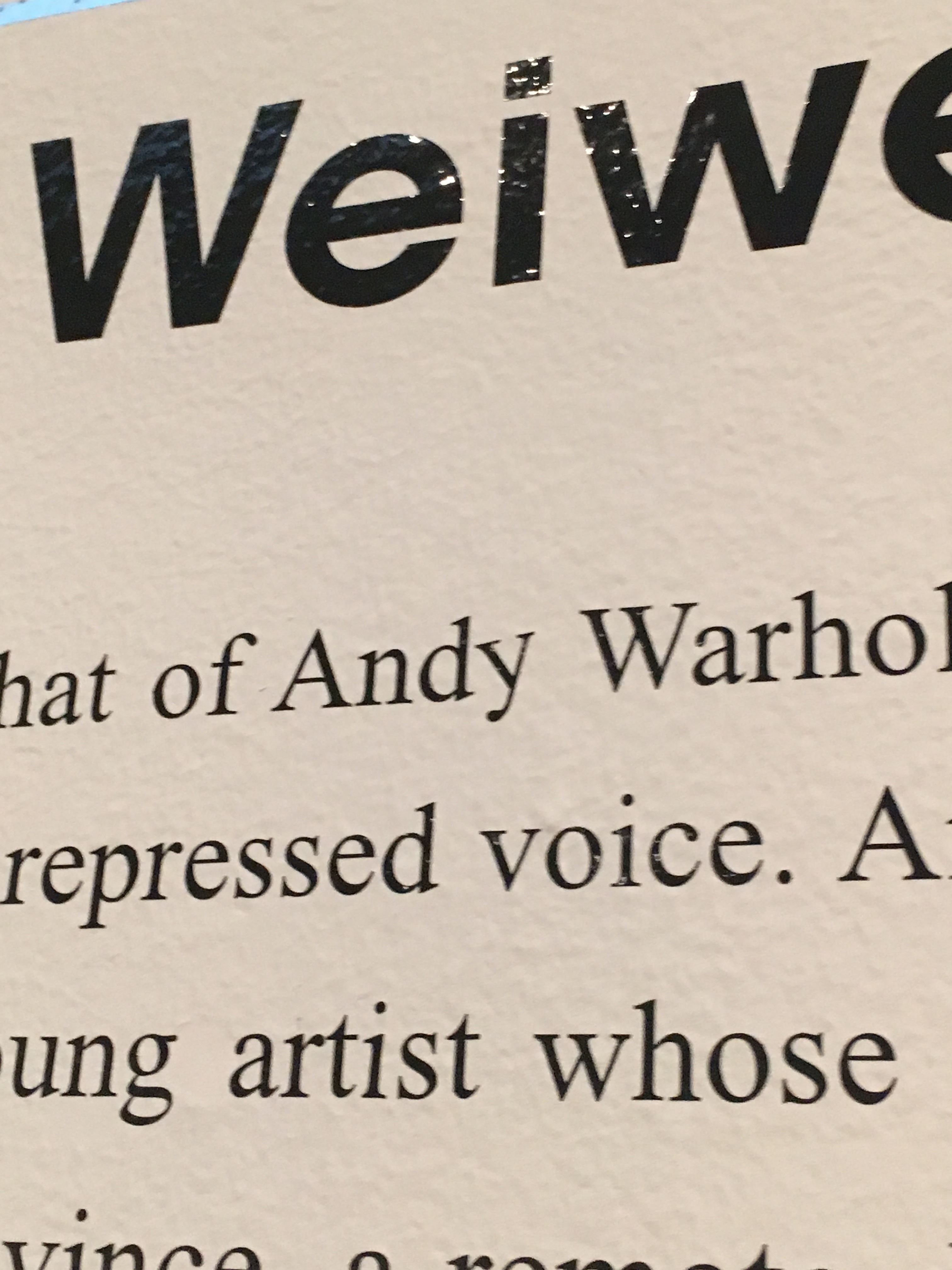HEADS UP! There may be some spoilers from Avenger’s Endgame. Beware!
Last week, IMAX released their poster for Spider-Man: Far From Home, and I’m pretty sure I’m one of the few who actually likes it. Why do I know this? Well, fans and critics have been deeming this poster as a “hilariously unexciting copy-paste job”1 and “a cluttered mess”2. The main criticism from fans and critics alike seems to be lack of sleekness and sophistication which were seen in the IMAX posters for Captain Marvel and Ant-Man and the Wasp. As a result, fans on Twitter have been roasting the poster and have been offering up their own renditions. Some of them, I admit, are truly well-designed and intriguing, but I still beg to differ.
I believe the critics are too blinded by their poor opinion to really understand that this poster, along with the rest of the MCU’s (Marvel Cinematic Universe) Spider-Man film posters, are a part of a design system. You see, in Timothy Samara’s book, Design Elements: A Graphic Style Manual, he says that, “The vast majority of designed works—printed, interactive, and environmental—are systemic in nature….” He also asserts that, “[Design] approaches, derived from the narrative concept … are the primary rules to follow in some way,” and elaborates further that this “in some way” line formally allows a designer to reinterpret the primary rules to fit their vision, just as along as these variations are “intrinsically related to the element or relationship they vary.” This new IMAX poster applies four consistent design elements that not only show up in the earlier Far From Home poster, but also in the Spider-Man: Homecoming posters of 2017, as well.

Spider-Man: Far From Home poster released in January 2019. 
Spider-Man: Far From Home IMAX poster released in June 2019. 
Spider-Man: Homecoming IMAX poster from 2017.
The first element is the use of passport stamps in both the first Far From Home poster and this new IMAX poster. Look close enough at the poster for Far From Home from January, and one can notice the passport stamps for Berlin, Germany; London, England; and one indistinguishable city on the bottom right corner. In the IMAX poster, the stamps show up again for the same cities with the addition of Italy’s Venice and the Czech Republic’s Prague. Interestingly enough, Italy and Prague show up in the first poster as stickers on Spidey’s mask. This brings me to the second repetitive detail: the appearance of city landmarks on the posters. On the poster featuring Spidey’s mask, one can see the stickers of landmarks in London, Berlin, Prague, Switzerland, and Venice. On the IMAX poster, some of these landmarks show up in the form of line drawings. It’s arguable that these places are repeatedly referenced on the posters since some of them show up in the Far From Home trailer.
The most blatant reoccurring design element is a hand-drawn/“sketched out” effect. This detail is first introduced in the Homecoming posters with the spray-painted Spidey mask replacing the second “O” in the word “homecoming”. The hand-drawn effect is heavily used/emphasized in the Homecoming IMAX poster which essentially is a play of a notebook page of Peter Parker. The Homecoming IMAX poster also features the Spidey mask twice as a part of the title and as a penned out one, too. Fast forward two years later, and this effect shows up yet again in the new IMAX poster with the landmarks and reappearance of the Spidey mask.
The last consistent design element is the overall, collage look between the Homecoming IMAX poster and the Far From Home IMAX. This collage look has been written off twice (respectively) as too “scrapbook-y” and badly designed. However, I think it’s perfect for the MCU’s version of Peter Parker/Spider-Man. To me, they scream young, playful, and strategic. The hand-drawn aesthetic and the respective bright, bold color schemes adds youthfulness to the poster. Both posters are strategic as Peter Parker/Spider-Man is featured predominantly in both, while there is enough presence of the semi-major main characters (heroes and villians) of the each respective film such Tony Stark/Iron Man, Nick Fury, Adrian Toomes/Vulture, and Quentin Beck/Mysterio. Unlike the past Spider-Man films, this Spider-Man is, by all means, still technically a teenager even after Thanos was killed the second time around. That being said, it shouldn’t come as a surprise that this poster has a young, playfulness look and feel to it.
I think it’s hard to expect a sophisticated superhero poster for a teenage superhero who (excuse my language) went through shit. Spoiler alert!!! First, he’s decimated by Thanos on Titan. Second, he missed 5 years in his life. Lastly, Tony Stark is dead. Peter’s father figure/mentor is dead after snapping Thanos and his army at the end of Endgame. Tom Holland’s Peter Parker/Spider-Man is, to me, a mix of Tobey Maguire’s Spider-Man and Andrew Garfield’s Spider-Man. This new IMAX poster exudes this new Peter Parker post-Avengers Endgame. He’s still youthful, but he is a bit more jaded and grown up now. He now has legacy to live up to and carry on from a man he loved 3000.
Image Sources:
Spider-Man: Far From Home posters sourced from Marvel’s Twitter page.
Spider-Man: Homecoming poster sourced from Google Images.
Referenced Articles:





















































































































